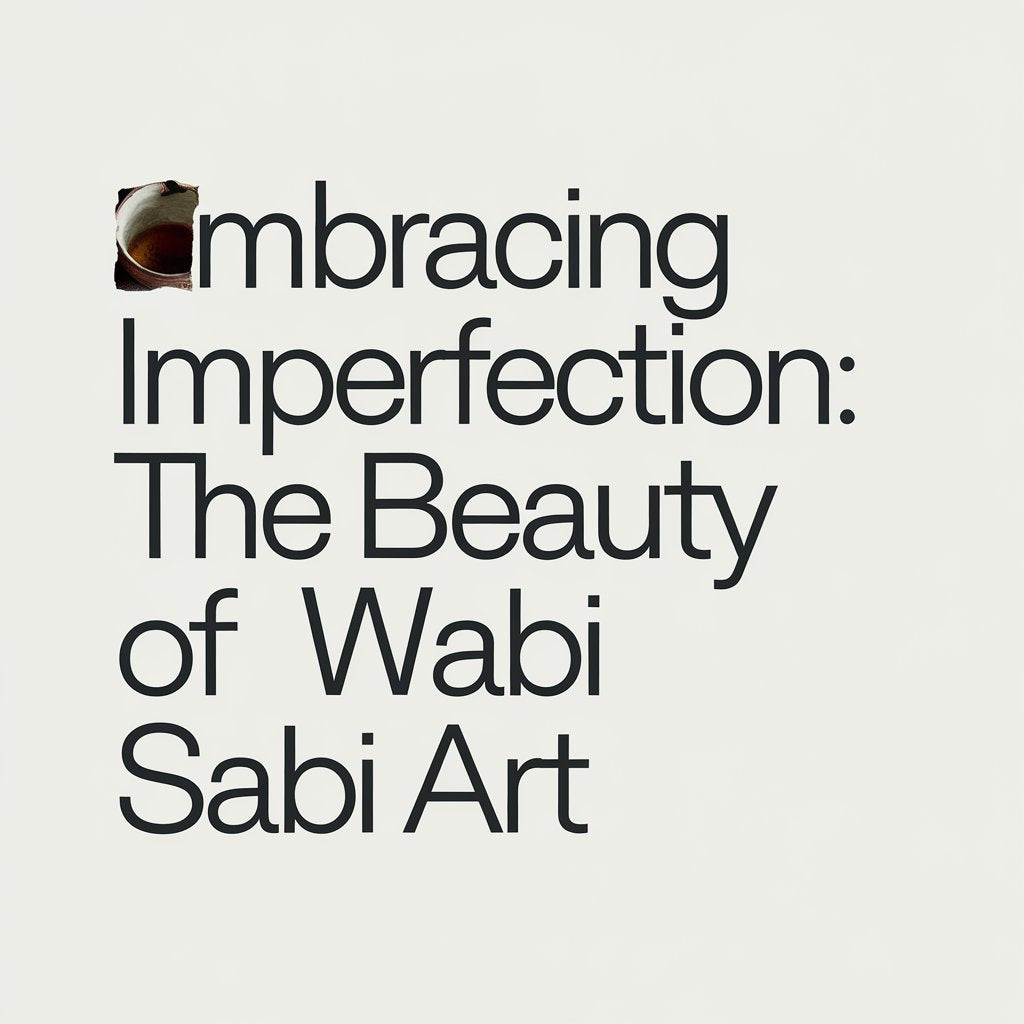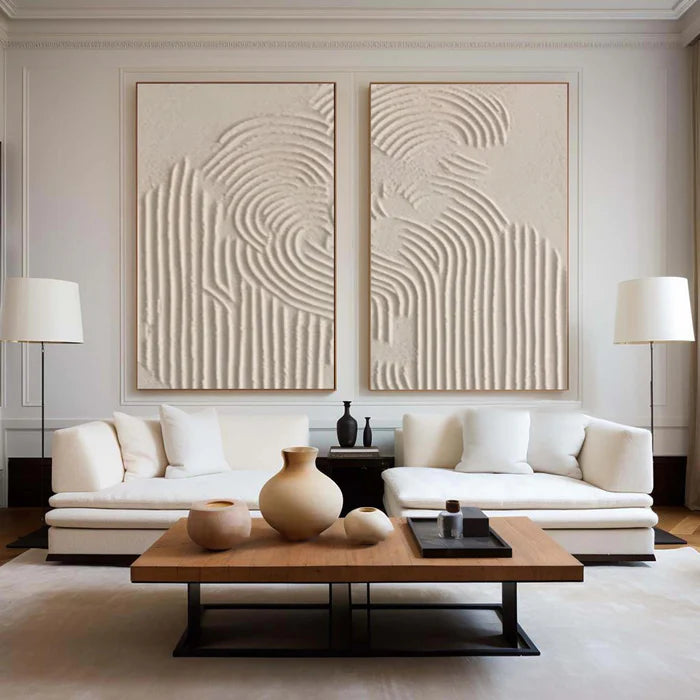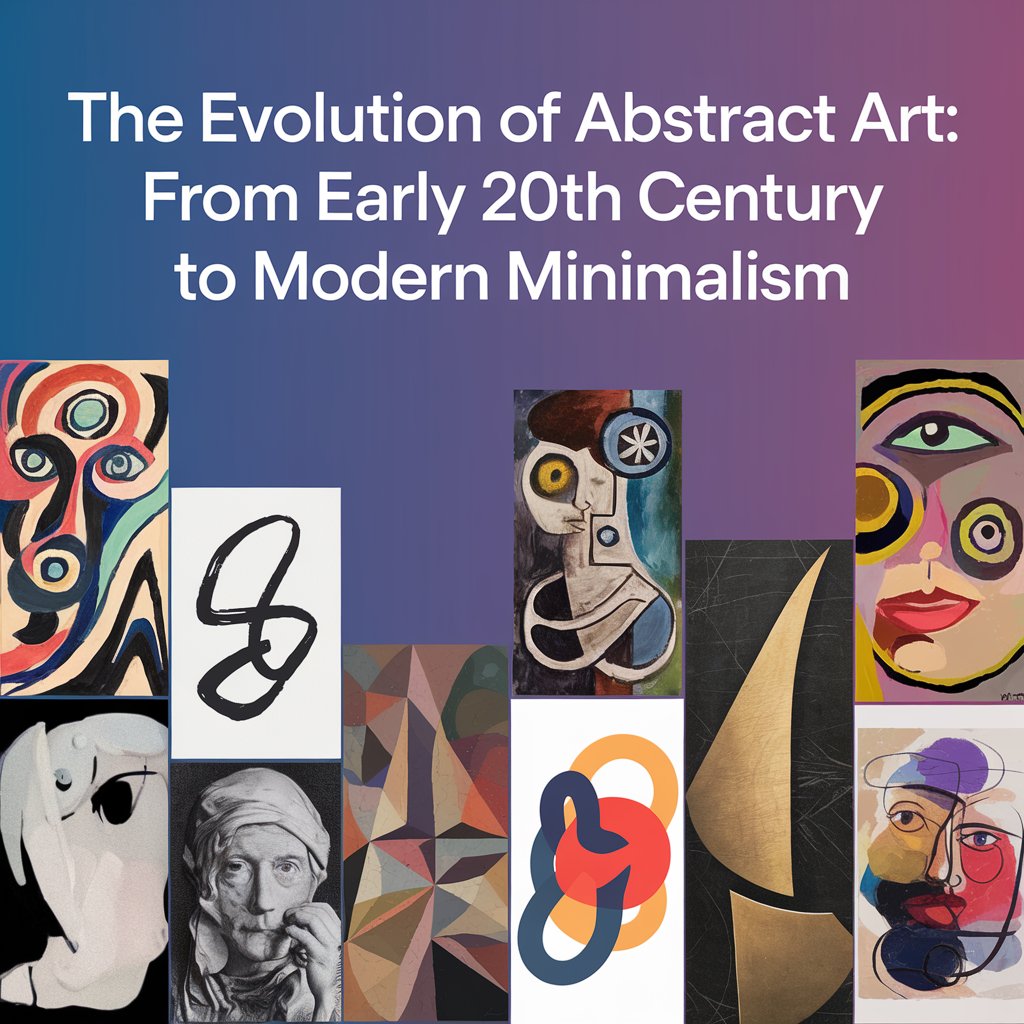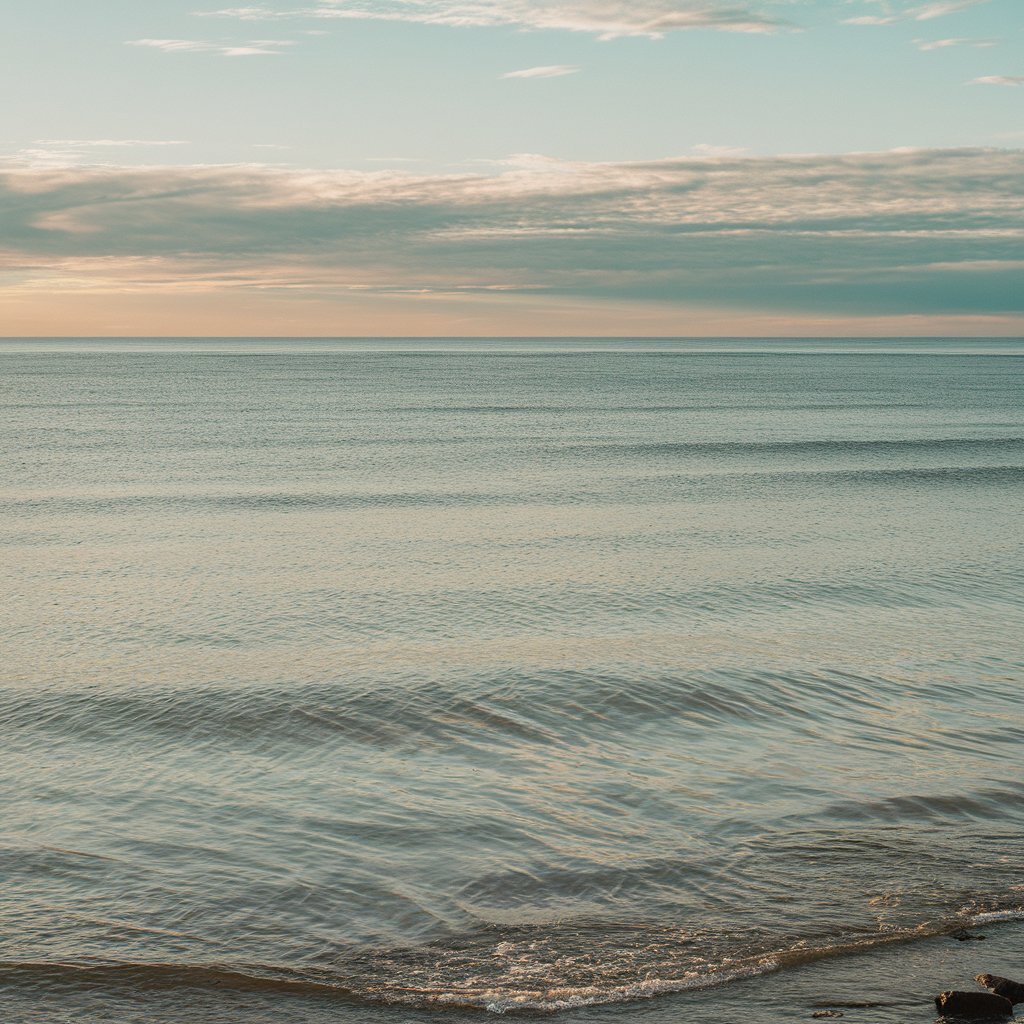
Embracing Imperfection: The Beauty of Wabi Sabi Art in Minimalist Design
Although perfection seems idealized in modern culture, the Japanese concept of Wabi Sabi provides a renewing way of looking at imperfection, impermanence and incompleteness. Wabi Sabi is not merely a style of art but a life principle that comes out of Zen Buddhism and brings humble beauty and genuine simplicity to the fore. Time and again, in new, minimalist design, simplicity and intention play a more prominent role than ever. In this blog, we discover the intriguing crossover of wabi-sabi in art and minimalist design and how creating flaws allows for an exquisite, serene environment.
What is Wabi Sabi?
Wabi-sabi is a Japanese art defined as the beauty of imperfection, transience, and incompleteness. They realize that everything is transient and change is the only permanent thing in life. Rather than battling this nature, Wabi Sabi encourages us to accept it. Wabi: solitude, unliving in nature and being separated from society. Sabi: aging and usage bring beauty. Wabi Sabi appreciates the humble, weathered, simple and imperfect.
Wabi Sabi contrasts starkly with Western ideals of beauty, which often emphasize symmetry, flawlessness, and permanence. Instead, it celebrates cracks, irregularities, and the passage of time as markers of authenticity and character. In art, this philosophy manifests in works that highlight the natural and the unpolished—handmade pottery with uneven textures, weathered wooden surfaces, or the deliberate use of asymmetry.
The Intersection of Wabi Sabi and Minimalism
Minimalism, in both art and design, emphasizes simplicity, functionality, and the reduction of excess. It strives to eliminate clutter, focusing on only the essential elements. Wabi Sabi, with its focus on simplicity and authenticity, naturally aligns with the principles of minimalist design. However, while minimalism often aims for clean lines and geometric precision, Wabi Sabi adds a layer of organic warmth and natural imperfection.
Where minimalism may risk feeling cold or overly austere, Wabi Sabi invites a sense of tranquility through its use of natural materials and earthy tones. Together, they form a powerful aesthetic duo, creating spaces and artworks that are not only visually pleasing but emotionally soothing as well.
Key Principles of Wabi Sabi in Art and Design
Imperfect Beauty
At the heart of Wabi Sabi art is the idea that perfection is not necessary for beauty to exist. In fact, it’s the imperfections—those unexpected cracks, rough edges, or uneven patterns—that make an object truly unique. This can be seen in traditional Japanese pottery, known as kintsugi, where broken vessels are repaired with gold, highlighting the cracks rather than hiding them. The repairs become a part of the object’s history and story, enhancing its beauty rather than diminishing it.
In minimalist art, this concept can be applied by embracing irregular shapes, textures, or color variations that naturally arise in the creative process. Handmade items, where slight imperfections are inevitable, are valued over machine-made ones because they carry the artist’s touch and a sense of authenticity. Wabi Sabi art is often raw and unfinished, rejecting the notion that every brushstroke or line must be precise. Instead, it revels in the organic flow of the hand, celebrating the nuances that occur when control is relinquished.
Natural Materials
Wabi Sabi celebrates beauty in natural, organic and porous materials that age over time. Common materials in Wabi Sabi art and design are wood, stone, clay, and linen. These materials age gracefully, wear beautifully, and become a part of the story they carry. Take a wooden table, for example—it can have scratches or stains from the years, but this wear only adds to its charm, begging the user to wonder about what had happened on it before.
While minimalist design features clean, often rigid surfaces. Incorporating the naturalist principles of wabi-sabi can add rich warmth and layers in minimalist rooms. Wabi Sabi find its home in a minimalist room that uses raw wood furniture, rough clay vase or stone sculpture to introduce some warmth and tactile richness into space.
Simplicity and Subtlety
Wabi Sabi is a design philosophy centered on finding beauty within life's imperfections and peacefully living inside ourselves. This resembles the thinking behind minimalist design—removing superfluous details for an essence of clarity and peace. But Wabi Sabi scales it down to subtlety and understatement. What if, in wabi-sabi art, beauty is sought in the silent, the fluid and easy-on-spoken?
A simple ceramic bowl, without fine detail, is the most beautiful because the viewer can see the material itself: the clay texture, a glaze with subtle variations and slight flaws evident in an uneven shape. Its quiet simplicity promotes a sense of calm, ideal for reflection and mindfulness.
The Beauty of Aging and Transience
Wabi Sabi takes a realistic view of time, and its passing is encouraged, not resisted. Cracks in a teapot, fading colors in a painting, or wear around the edges of an old wooden bench tell us nature is taking her course. In these imperfections, we are reminded of the impermanence of everything, and as we acknowledge this fact, it leads to a greater sense of gratitude for the present moment.
A timeless aspect is also important in minimalist design, but Wabi Sabi argues that objects develop over time and gain more value than objects like this. Using things that show the passage of time and are meant to age with style helps create a space that is vibrant and always evolving like life itself. Wabi Sabi teaches us to release the need for a fixed life and see beauty in every moment: a cycle we can not interfere with!
Applying Wabi Sabi to Modern Minimalist Spaces

Bringing Wabi Sabi into minimalist spaces can transform them into sanctuaries of calm and introspection. Here are a few ways to infuse Wabi Sabi into your minimalist designs:
Embrace natural textures and imperfections: Choose raw, unfinished materials like wood, stone, linen etc. Opt for home items that have an authentic feel or show patina
Incorporate asymmetry and irregularity: Dissuade them from perfect symmetry or overly polished designs. Instead of square equals mathematical, transform the body shape with an attractive rustic container—organic form.
Choose earthy, muted colors: Additionally, Wabi Sabi art frequently uses natural or light colors, such as soft, earthy browns and grays and mild, greenish-blue hues. These colors are soothing and keep the minimalist space grounded.
Decorate mindfully: Throwing it away would also go against everything Wabi Sabi: less is more, but what you own should say something. Show personal objects, reveal wear and tear or have a story.
Conclusion
Honoring simplicity while embracing imperfection, Wabi Sabi art and minimalist design are united. Wabi Sabi humanizes cold minimalism with the rough, natural qualities that give it warmth, character and soul. When the world longs for perfection, this kind of aesthetic reminds us that real beauty exists in imperfection and incompleteness, which is very much characteristic of life.
FAQs
What is the main difference between Wabi Sabi art and minimalism?
Though both the Wabi Sabi aesthetic and minimalism are built on principles of simplicity and lack of excess, their approach to imperfection divides one from the other. Minimalism comes with a pretty high floor (clean lines, lack of clutter), and cleaner can be a glossed-up version of the modern aesthetic. On the other hand, Wabi Sabi celebrates natural imperfection, asymmetry, and the marks of time across a design. It embraces the flaws and blemishes, injecting a sense of imperfection in sterile, minimal spaces.
How can I incorporate Wabi Sabi into my minimalist home design?
Bring Wabi Sabi into your minimalist home by focusing on natural and organic materials like wood, stone, and clay. Use those rough surfaces and flaws: handmade pottery and old-aged wood furniture. Use off-kilter shapes or things made of odd and natural places. Opt for earthy hues in subdued tones as nature intends, and choose a few select pieces that could mean to you and give your place some dimension.
Is Wabi Sabi suitable for modern interior design?
Yes, Wabi Sabi perfectly harmonizes with modern interior design, especially minimalism. It brings a sense of warmth, texture and personality to what would otherwise be a cool modern space. Through organic materials, acceptance of flaws and simplicity, Wabi Sabi represents a tranquil, grounded feel in contemporary sensibilities while providing sophisticated and enduring beauty.



